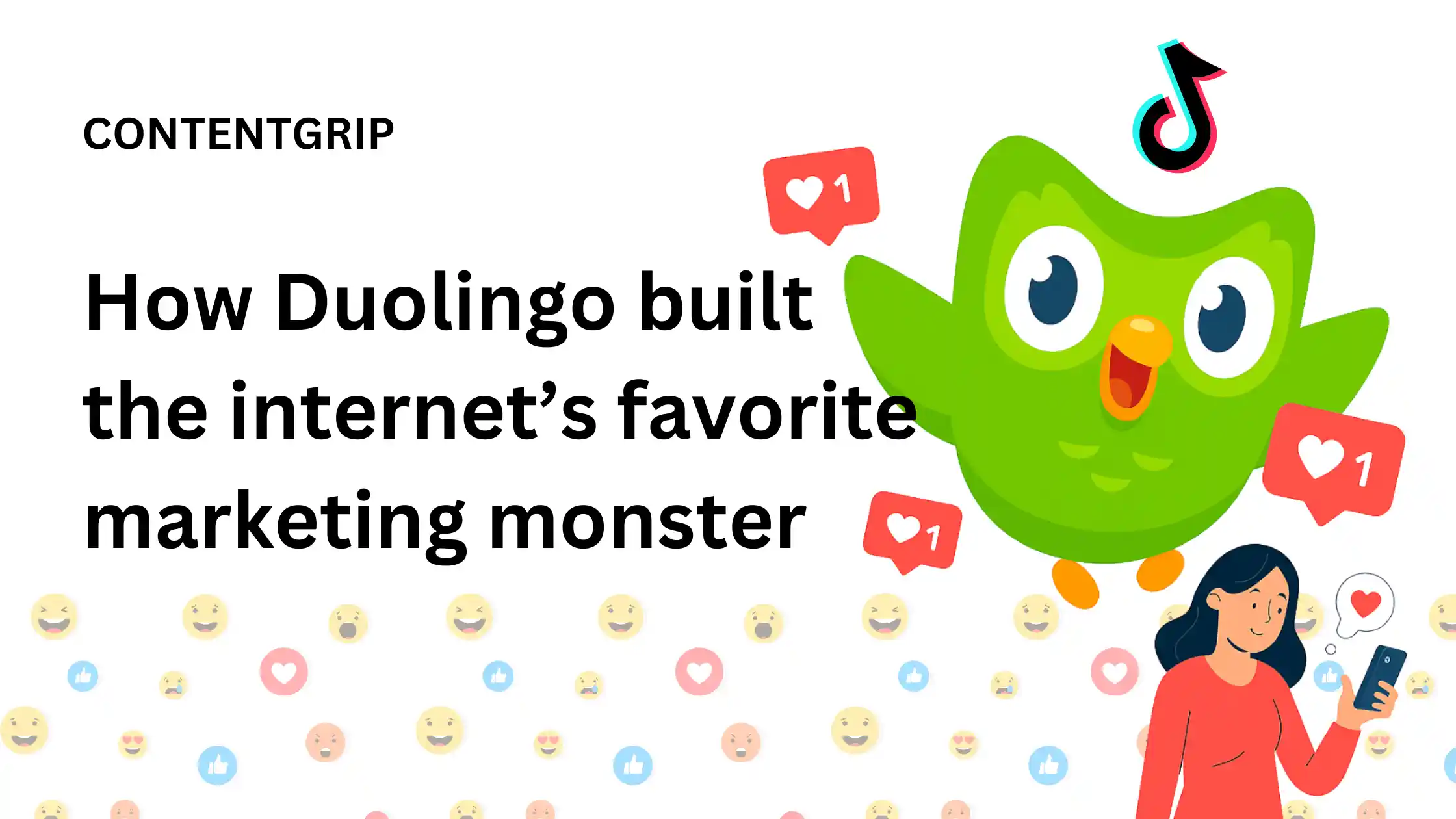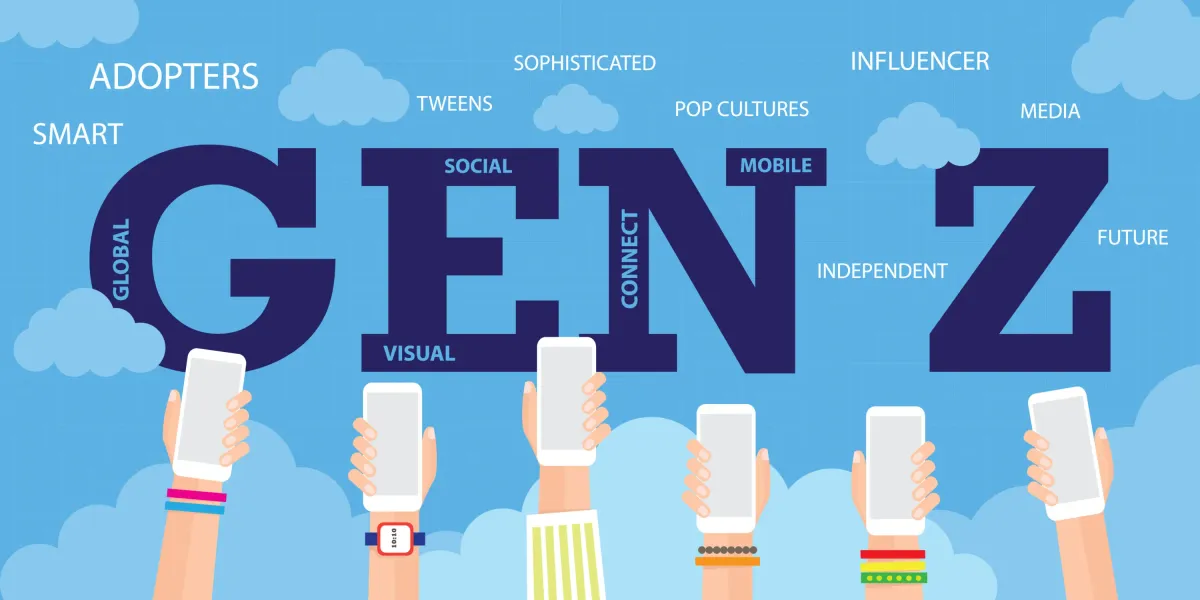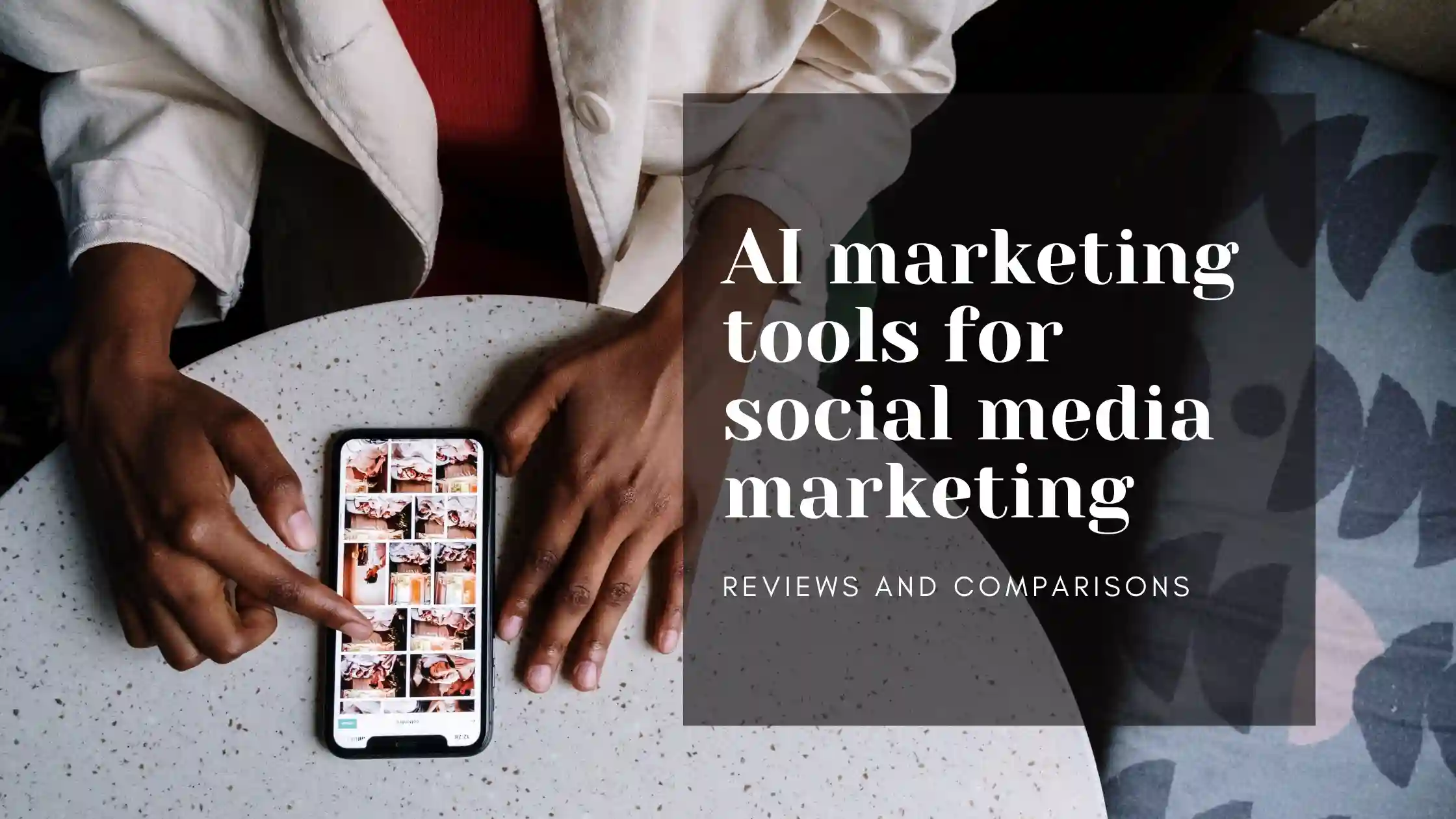How Duolingo built the internet’s favorite marketing monster
Duolingo’s green mascot is more than a meme—here’s what B2B marketers can learn from its viral strategy.

When a brand mascot becomes a meme machine, it’s tempting to write it off as luck or virality. But in Duolingo’s case, it’s the result of a meticulously playful, strategically chaotic content strategy.
With over 116 million monthly active users and US$192.6 million in quarterly billings, Duolingo’s absurdist, meme-fueled content strategy isn’t just about laughs—it’s become a serious engine for customer retention and brand awareness.
This article explores how the language learning app turned its unhinged mascot, Duo the Owl, into one of the most recognizable characters on the internet—and why its irreverent TikTok strategy now sits at the core of its business.
For marketers wondering how to build a social presence that actually drives growth, Duolingo’s journey offers a surprisingly instructive playbook.
Short on time?
Here is a table of content for quick access:
- What happened: Duolingo’s social pivot and viral rise
- Social strategy as retention engine
- Context: the numbers behind the owl
- What marketers should know

What happened: Duolingo's social pivot and viral rise
When Chief Marketing Officer Manu Orssaud joined from Spotify in 2020, Duolingo’s marketing leaned heavily on traditional TV campaigns—but the impact was underwhelming. The team realized it needed a fresh way to reach its audience and differentiate in the crowded edtech space.
The pivot? A social-first strategy that let Duo, the company’s passive-aggressive owl mascot, take center stage.
At first, the move was experimental. Zaria Parvez, then a 23-year-old recent hire, revived the brand’s dormant TikTok account in 2021. With TikTok just hitting the 1 billion user mark, she understood that if users weren’t on the app, they were likely scrolling it.
Global Senior Social Media Manager Zaria Parvez put it plainly to Adweek: “The comment section is our social brief.”
By letting Duo behave more like an internet creator than a sanitized brand rep, the team found freedom to respond to trends in real time—unburdened by rigid brand guidelines or production schedules. Duo flirted with Dua Lipa, mocked Squid Game, and once had a surreal crossover with Scrub Daddy. That irreverence resonated fast, driving millions of views and comments.
@duolingo twerking through the pain Duolingo Dulapeep DuaLipa futurenostalgiatour madisonsquaregarden
♬ الصوت الأصلي - فهد ابن الموصل
Social strategy as retention engine
Duolingo's social content isn’t just about awareness—it’s also a retention tool. The company believes its memes and stunts act as daily reminders for users to return to the app, boosting both engagement and course completion.
“When you see an owl twerking on TikTok, the first thing that comes to mind is, ‘Oh, I haven’t done my Duolingo today,’” said Orssaud.
That mindset shift turned Duolingo’s social presence into more than brand-building—it’s now a functional piece of the user journey. Even CEO Luis von Ahn plays along, starring in skits between investor meetings and spoofing Apple TV+ shows.
This approach has helped the platform triple its user base since 2021, while app revenues—driven by subscriptions, ads, and boosters—continue to climb sharply.
Context: the numbers behind the owl
Since embracing a culture-first approach:
- Duolingo’s monthly active users jumped from 40.5 million in 2021 to 116.7 million today.
- Quarterly billings hit US$192.6 million, up 40% year over year.
- TikTok followers ballooned to 16.8 million, fueling what Orssaud calls a “big intake of users.”
Meanwhile, the brand’s product is evolving. Alongside its 40+ language options, Duolingo now offers math and music lessons and is piloting generative AI tools—including a video call feature that lets learners chat with animated mascots in multiple languages.
And yes, Duo still slides into your DMs if you miss a lesson.

What marketers should know
Duolingo’s success on TikTok isn’t just about being funny. It’s about knowing your audience, meeting them where they are, and building a brand that participates—not preaches.
Here’s how marketers can apply similar tactics:
1. Turn comments into creative briefs
Duolingo’s mantra? “The comment section is our social brief.” Instead of guessing what audiences want, the team listens closely, then delivers content that speaks to that real-time feedback.
Takeaway: Use community feedback loops to drive content ideation. Your followers are telling you what they care about—are you listening?
2. Embrace imperfection to build authenticity
The early TikToks didn’t look polished—and that was the point. Starting under the radar gave Duolingo space to find its voice without getting tangled in brand bureaucracy.
Takeaway: Not every piece of content needs to be “on-brand” to be on-strategy. Sometimes, the best way to build trust is to loosen the reins.
3. Align content with product goals
Duolingo’s TikTok antics aren’t just for laughs. The green owl’s presence reminds users to return to the app, driving retention and conversion.
Takeaway: Tie your entertainment play back to business objectives. Make sure your viral moment also nudges user behavior.
4. Let creators, not just campaigns, lead the charge
By giving Parvez and her team autonomy to experiment, Duolingo let its social voice evolve organically. There were no internal battles over pixel-perfect design or risk-averse messaging—just a commitment to engaging with the community authentically.
Takeaway: Empower social teams like creators, not compliance officers. Speed and authenticity beat polish in today’s attention economy.
5. Treat social like a product touchpoint, not just a megaphone
Duolingo doesn’t just promote product features on social—it makes content part of the product experience. Every meme, parody, or skit reminds users that they haven’t done their lesson yet, reinforcing daily app use.
Takeaway: Think beyond “brand awareness.” Ask how your social content can drive behavior aligned with your product goals.
Duolingo didn’t just ride the TikTok wave—it paddled out early, got weird, and stayed consistent. Duolingo’s social strategy shows that the best brand marketing doesn’t always look like marketing—it looks like culture.
For marketers chasing relevance, reach, and retention, the lesson is clear: show up where your audience is, speak their language, and don’t be afraid to get weird.
This post is created by ContentGrow, providing scalable and tailored content creation services for B2B brands and publishers worldwide. Book a discovery call to learn more.





